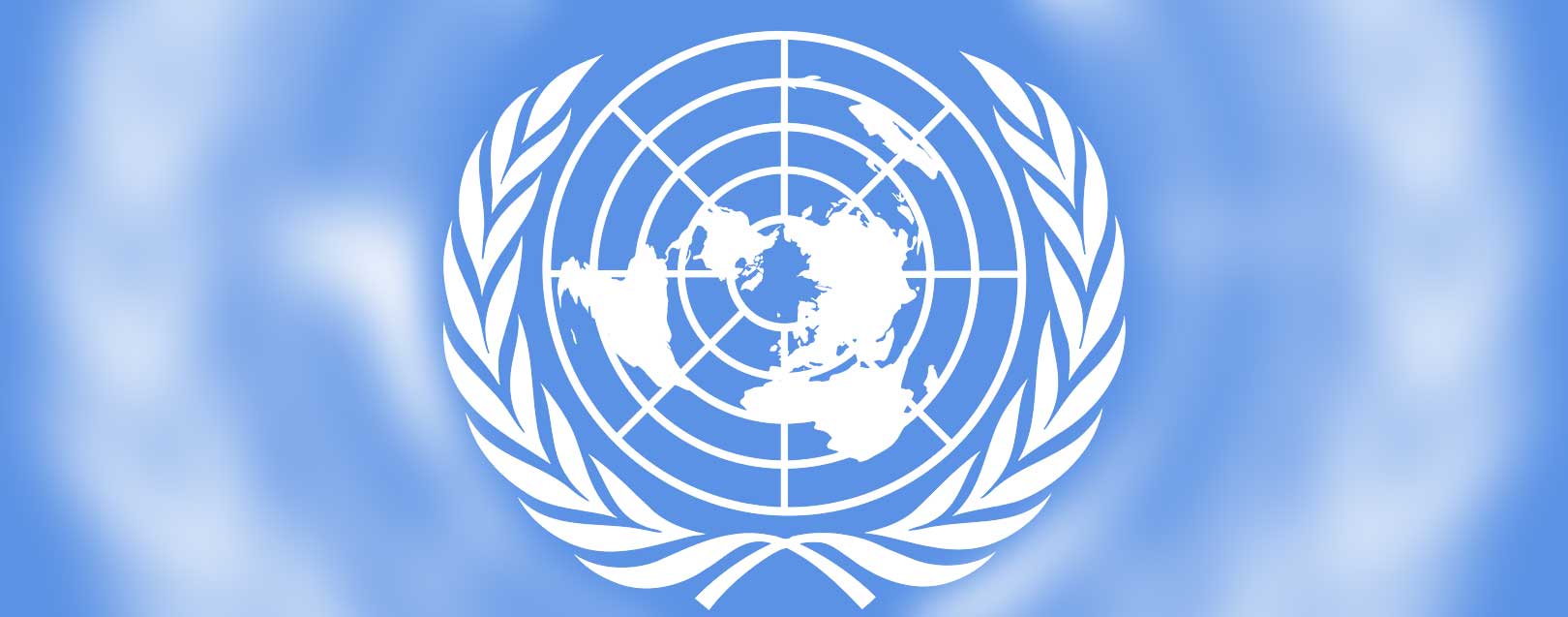
India most likely to be the favoured destination for FDI inflows, UNCTAD Report
The Dollar Business Bureau
India is likely to remain the favoured destination for foreign direct investment (FDI) inflows this year despite a stagnant inflow of $44 bn in 2016 the United Nations Conference on Trade and Development (UNCTAD) report detailed. India is favoured by the MNCs for its cross-border merger and acquisitions the report said.
The report details that FDI inflows to developing Asia are expected to increase by 15% in 2017, to $515 billion, as an improved economic outlook in major Asian economies is likely to boost investor confidence. In major recipients such as China, India and Indonesia, renewed policy efforts to attract FDI could contribute to an increase of inflows in 2017.
The report, however, cautioned that tax-related challenges may pose as a deterrent to some investors.
In a section of its 252-page report, UNCTAD says that South Asia was the only sub-region to avoid a contraction in foreign investment. “FDI flows to South Asia rose by 6 per cent, to $54 billion. Despite a historically high number of announced greenfield projects in 2015, FDI flows to India were largely flat at about $44 billion in 2016, up only 1 percent from 2015. Foreign MNEs are increasingly relying on cross-border M&As to penetrate the rapidly growing Indian market. Several significant deals were announced in 2016, including the $13 billion acquisition of Essar Oil by Rosneft (Russian Federation) and a consortium led by Trafigura (Singapore) – the largest deal ever in the country. Although new liberalisation efforts continue to improve the investment climate in India, tax-related concerns remain a deterrent for some foreign investors.”
The report also said that FDI to Pakistan rose 56% on the back of China’s rising investment in infrastructure related to the OBOR initiative. Similarly, Bangladesh too saw a marginal increase of FDI to $2.3 bn as the country benefited with the announcement of large-scale power projects.
“The FDI inflows to developing Asia is expected to increase by about 15% as an improved economic outlook in major Asian economies is likely to boost investor confidence in the region. In major recipients such as China, India and Indonesia, renewed policy efforts to attract FDI may also contribute to higher inflows in 2017. At the beginning of the year, for instance, the Chinese Government took the bold step of opening a wide range of industries to foreign investment, including extractive industries, infrastructure, finance and manufacturing.”
With the withdrawal of US from TPP, FDI flows to its members has been adversely affected. Progress in negotiations towards the Regional Comprehensive Economic Partnership (RCEP) could provide fresh impetus for FDI growth the report said.
The foreign outflows from South Asia declined by 29 per cent to only USD 6 billion in 2016, as India's outward FDI dropped by about one-third, it added.
The report noted that signing of a tax treaty by India and Mauritius in May 2016 "might have" contributed to reduced round-tripping FDI.
"Foreign multinational enterprises (MNEs) are increasingly relying on cross-border M&As to penetrate the rapidly growing Indian market."
Pakistan's inflows increased by 56 percent due to significant investment in infrastructure from China in support of the One Belt One Road initiative.
For the first time, China was the world's second-largest investor as FDI outflows surged by 44 per cent to USD 183 billion, a new high.
BRICS -- the economic group comprising Brazil, Russia, India, China and South Africa - accounted for 22 percent of global GDP but received only 11 percent of global inward FDI stock in 2016.
FDI flows to the five BRICS countries last year rose by 7 per cent to USD 277 billion. The increase in inflows to Russia, India and South Africa more than compensated for the decline of FDI to Brazil and China.




-Vertical.jpg)

 to success.
to success.